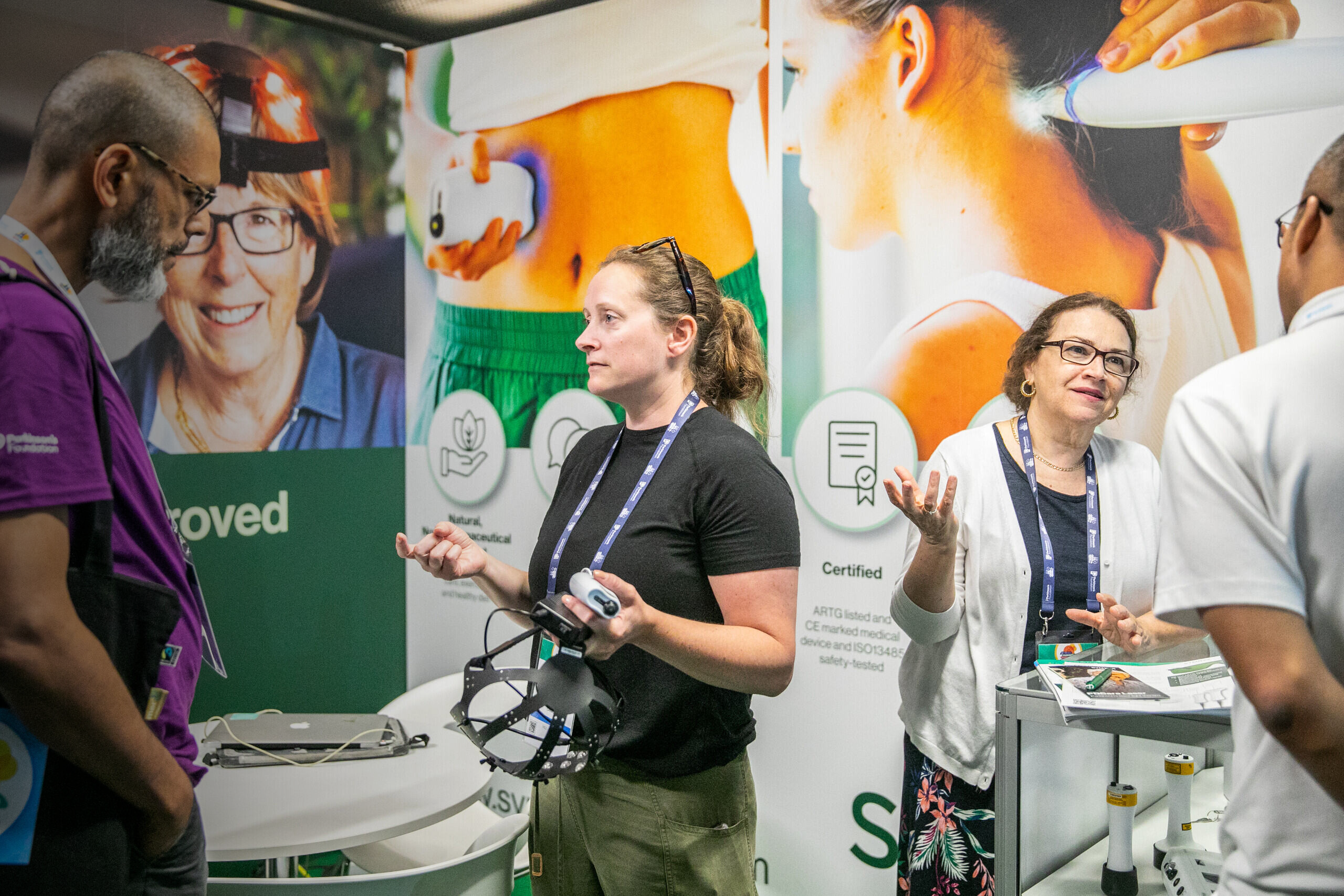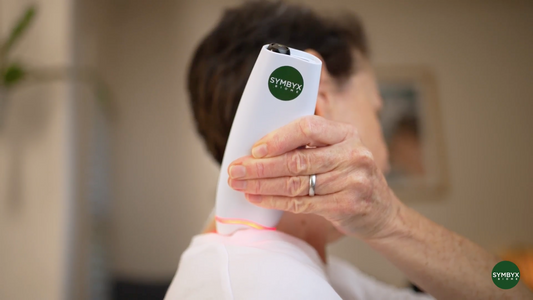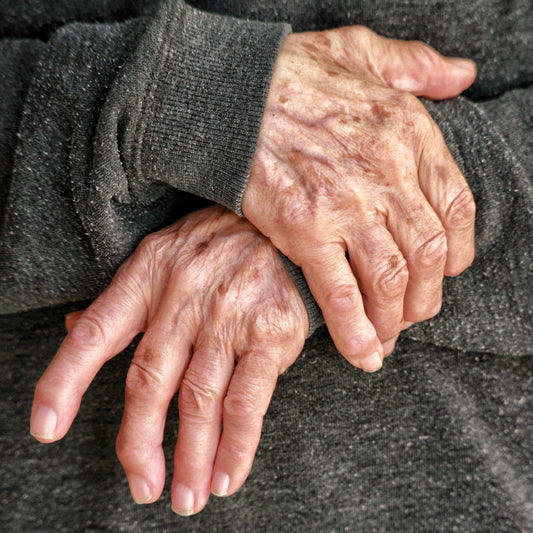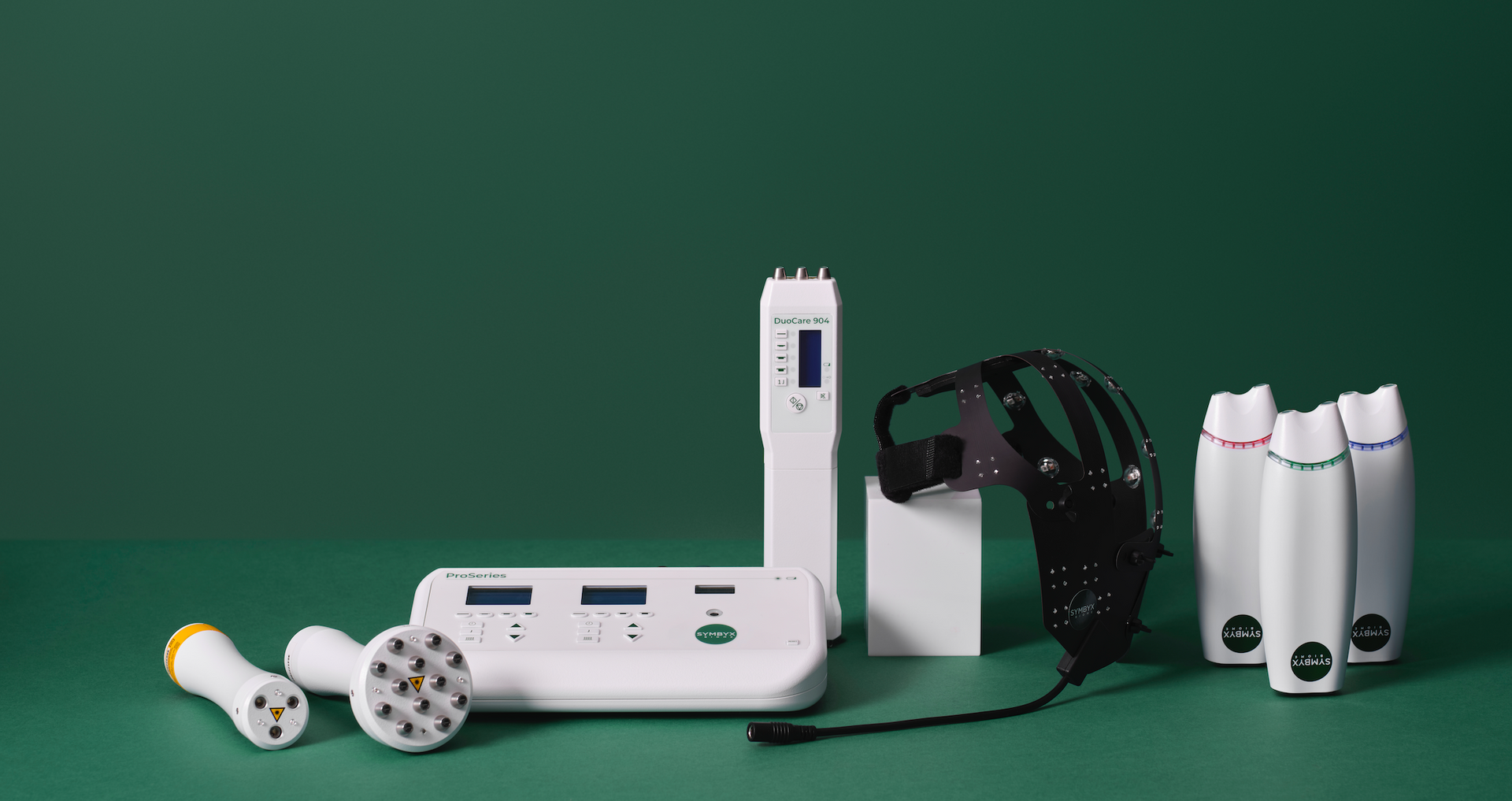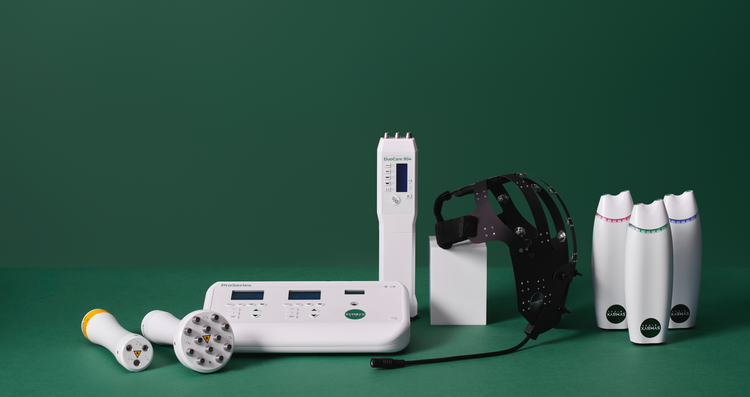SYMBYX Research Highlights
Journal of Clinical Medicine, 22 October 2025
There was no significant difference between the Active and Sham Groups after Stages 1 or 2, apart from minimal increase in MoCA score/cognition (Sham Group) in Stage 1. After Stage 3, continuers showed a significant improvement in the primary outcome measure compared to non continuers. Anxiety and the motor experiences of daily living (MDS-UPDRS Part II) were also significantly improved, while other outcomes approached significance, including MDS-UPDRS Total score (p = 0.062).
As the largest study to date, results add increasing weight to previous clinical trials and high-light potential for at-home, scalable treatment as adjunctive therapy alongside medication and exercise.
Journal of Clinical Medicine, April 13, 2023
This remotely run study is the first triple blind RCT assessing efficacy and safety of a novel transcranial PBM device for PD. It was found that tPBM was safe, well tolerated and improved specific motor symptoms for a majority of the sub-scores of the treatment cohort. Current treatments for PD provide limited long-term results, highlighting the need to examine new and less-researched therapies. The use of tPBM to treat symptoms of PD reflects an emerging application of light-based technologies to expand treatment options. The response of some participants to tPBM treatment in this study suggests that further research with a larger trial is needed to build an understanding of the application of tPBM to treat the symptoms of PD. Finally, the characteristics of PD patients who might respond positively to tPBM therapy requires further exploration. The results of this study are encouraging and suggest that tPBM can meaningfully improve individual motor signs of PD and be used as a safe and non-pharmaceutical adjunct treatment for the management of symptoms of PD.
BMC Neurology, October 9, 2024.
Improvements in clinical signs and symptoms of Parkinson’s disease using photobiomodulation: a five-year follow-up.
This study provides a signal that photobiomodulation therapy might safely reduce important clinical motor signs and non-motor symptoms in some Parkinson’s disease patients, with improvements maintained over several years. Home-based photobiomodulation therapy has the potential to complement standard therapies to manage symptoms and potentially delay Parkinson’s symptom progression.
Measures of mobility, cognition, dynamic balance and fine motor skill were significantly improved (p < 0.05) with PBM treatment for 12 weeks and up to one year. Many individual improvements were above the minimal clinically important difference, the threshold judged to be meaningful for participants. Individual improvements varied but many continued for up to one year with sustained home treatment. There was a demonstrable Hawthorne Effect that was below the treatment effect. No side effects of the treatment were observed.
Access full paper here

